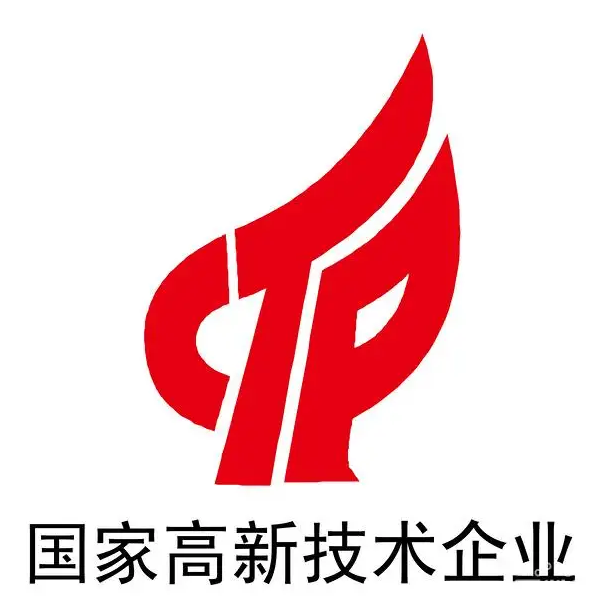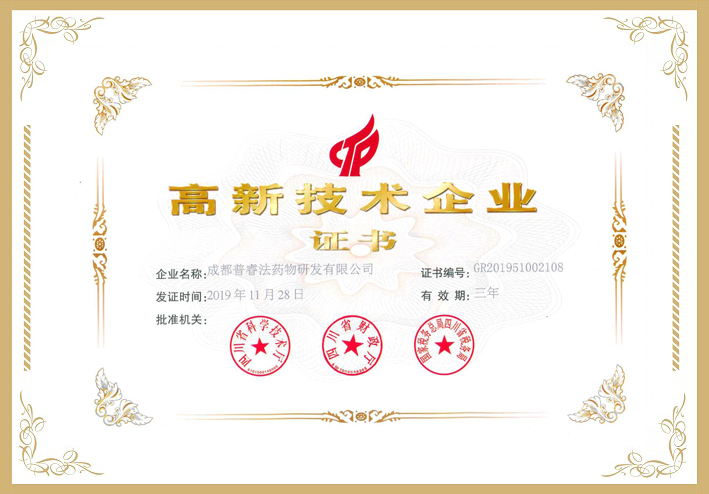Abstract
Previous investigation showed that intravenous injection of ginsenoside Rg1had a therapeutic effect on Escherichia coli lipopolysaccharide-induced mastitisin lactating goats and it protected animals from lipopolysaccharide challenge via toll-like receptor 4 signaling pathway. The present study was to use proteomic approach to explore the anti-inflammatory mechanisms of Rg1. Nine dairy goats were randomly divided into three groups with 3 animals in each: groups 1 and 2 received intra-mammary infusion of lipopolysaccharide and then intravenously injected with saline or Rg1 solution; animals in group 3 were first intramammarily and then intravenously administered saline solution, and served as a control group. Milk whey at 6 h post lipopolysaccharide challenge was prepared for tandem mass tags based quantitative proteomic analysis. The results showed that 791 proteins were totally identified from the whey. Of them, 98 proteins between groups 1 (lipopolysaccharide + Saline) and 3 (Saline + Saline), and 34 proteins between groups 2 (lipopolysaccharide + Rg1) and 1 were significantly different. Group 1 than group 3 had significantly more inflammatory factors such as interleukin 6, acute phase proteins, blood coagulation factors, complement proteins, and oxidative stress markers while these factors were reduced in group 2 treated with Rg1. In addition, proteins in group 2 associated with peroxisome-proliferator-activated receptor γ activation and recovery of milk fat and production were upregulated compared to group 1. Therefore, Rg1 may exert its anti-inflammatory effect on lipopolysaccharide-induced mastitis in goats via modulating expression of proteins relating to peroxisome-proliferator-activated receptor γ and toll-like receptor 4 signaling pathway.
… therapeutic effect of Rg1. 2. Materials and methods. 2.1. Chemicals. Ginsenoside Rg1 extracted from the root of Panax ginseng CA Meyer was purchased from Chengdu Biopurify Phytochemicals Ltd. (Chendu, China). The purity of …























